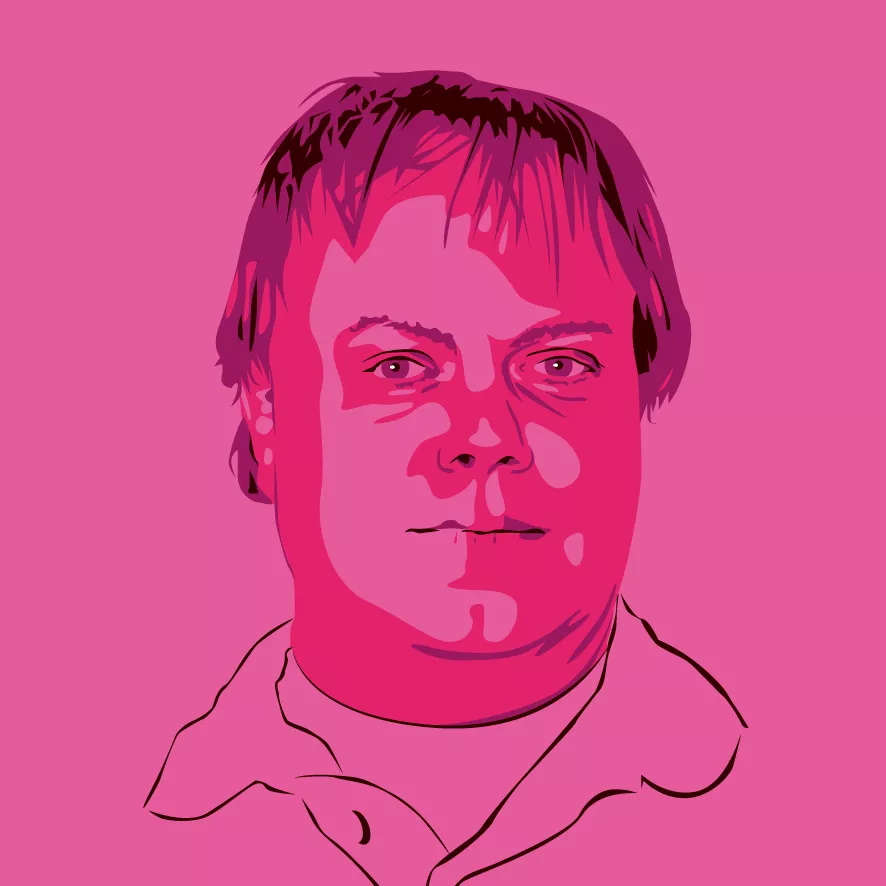Starfield aims for a 'NASA-punk' visual style
Bethesda coined the term early in the development process to help guide the game's overall aesthetic.
There's a certain rough-hewn look to Bethesda's upcoming sci-fi RPG Starfield—more rugged and primitive than the sleek, smooth lines of, say, Mass Effect. This is intentional—game director Todd Howard has previously described Starfield as "a more grounded game and a more grounded setting about exploration" than Bethesda's Elder Scrolls series—and early in the production process, developers even whipped up a catchy name for it.
"Early on in this project when we were trying to establish the overall aesthetic of this game, we sort of coined the term 'NASA-Punk' to describe a sci-fi universe that’s a little more grounded and relatable," Starfield lead artist Istvan Pely told the Xbox Wire. "We wanted a very realistic take. You can draw a line from current-day space technology and extrapolate from there into the future so it’s believable and relatable."
Slamming a "-punk" suffix onto random words doesn't always result in thematic clarity—I have no idea what jazzpunk is, for instance—but in this case the team "latched onto that concept" right away, according to lead animator Rick Vicens.
"When you said NASA-Punk, the Art team could instantly take those two words and make them work," Vicens said. "It was just the perfect term for our art direction and keeping everyone in [the] same flow and working with a consistent style. For me, it just clicked. At the start of the project, I think that term was critical for us."
Bethesda has touted Starfield as "Skyrim in space" in terms of its overall structure—exploration, conflict, factions to join or oppose, all that sort of thing—but also promises more real-world "authenticity" in the experience. In 2019, Howard said he'd visited SpaceX headquarters for inspiration, and compared space travel in Starfield to flight in the 1940s: "It's still dangerous to go and explore, even though lots of people do it."
Keep up to date with the most important stories and the best deals, as picked by the PC Gamer team.

Andy has been gaming on PCs from the very beginning, starting as a youngster with text adventures and primitive action games on a cassette-based TRS80. From there he graduated to the glory days of Sierra Online adventures and Microprose sims, ran a local BBS, learned how to build PCs, and developed a longstanding love of RPGs, immersive sims, and shooters. He began writing videogame news in 2007 for The Escapist and somehow managed to avoid getting fired until 2014, when he joined the storied ranks of PC Gamer. He covers all aspects of the industry, from new game announcements and patch notes to legal disputes, Twitch beefs, esports, and Henry Cavill. Lots of Henry Cavill.


